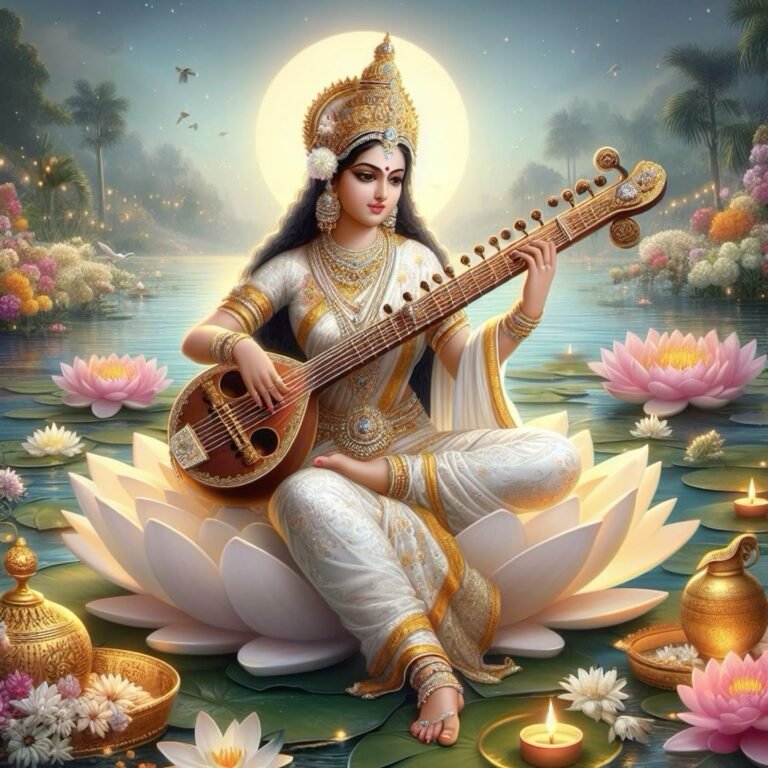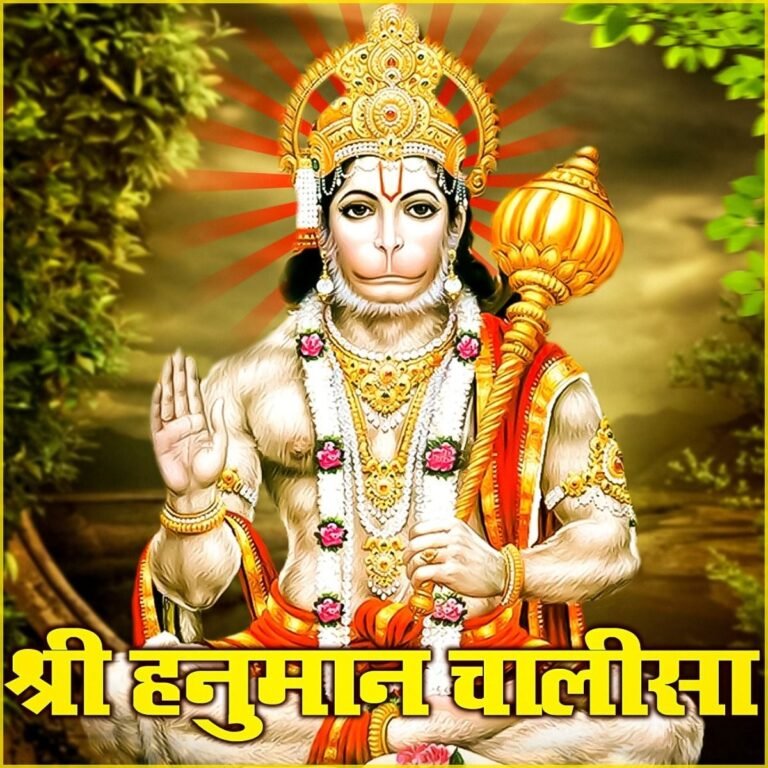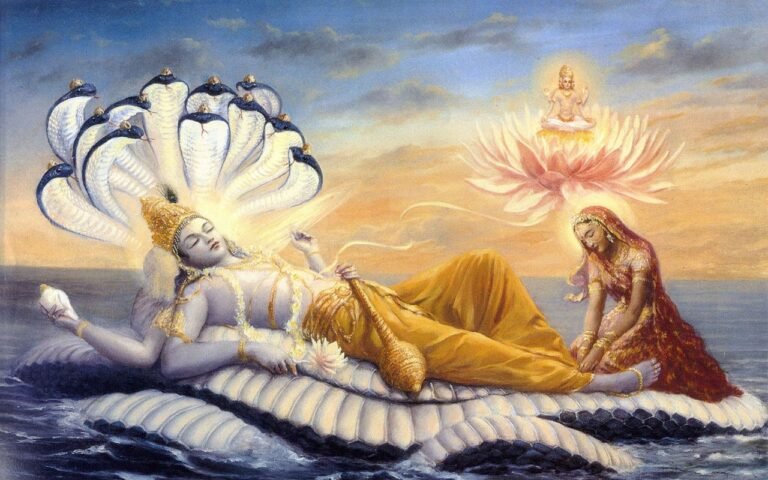Have you ever noticed your hair curling at the ends? If so, you’re not alone. Many people experience this phenomenon and wonder why it happens.
In this article, we’ll discuss 9 real reasons why your hair is curling at the ends and provide solutions for how to stop it from happening. We’ll also explore the science behind why curls occur and how to prevent them in the future.
So if you’re looking for answers on how to keep your strands straight and smooth, then read on! You’ll be armed with all the information necessary to keep your locks looking their best.
Key Takeaways
- Regular trims and deep conditioning can prevent and treat curling at the ends.
- Using quality styling tools and appropriate hair products, tailored to hair type, can also help.
- Genetics, environmental damage, and hair care practices all play a role in hair curling.
- Other preventative measures include managing stress levels, eating a balanced diet, and sleeping on a silk or satin pillowcase.
Causes of Hair Curls At Ends
If you’ve noticed your hair curling at the ends, there are several potential causes.
Bleaching or changing the texture of your hair can damage it and cause curls to form.
Your diet also has an effect on your hair’s health, as does whether or not you’re trimming split ends regularly.
Humidity and dryness affect curls too; in other words, too much heat and humidity can leave your hair parched and prone to curling.
Finally, split ends caused by over-processing can cause uneven curl patterns at the ends of your strands.
- Bleaching and Texture
When bleaching your hair, it can affect the texture and cause the ends to curl. This is because when bleach is used, it strips away the natural oils that help keep your hair healthy and hydrated.
When this happens, your strands become weaker and more prone to breakage. The weakened strands will begin to curl at the ends due to lack of support from the oils.
Finally, be sure to use gentle products on your hair type for optimal results.
- Diet and Hair Follicles
Eating the right diet is essential to maintaining strong and healthy hair follicles. You can nourish your hair follicles from the inside out by eating foods with vitamins and minerals such as iron, zinc, vitamin A, B12, and omega-3 fatty acids.
Add in more leafy greens like spinach or kale, which contain high levels of iron & fish such as salmon into your meals, which are high in Vitamin B12.
Eating a balanced diet rich in these key nutrients can help keep your hair follicles healthier. This can result in less curling at the ends or breakage due to dryness or lack of nourishment.
- Untrimmed Hair Damage
Going too long without a trim can cause damage to your hair, resulting in split ends and breakage. Not getting regular trims can leave you with an uneven cut or bad haircut, leading to more curling at the ends of your locks.
Excess water from towel drying or blow drying can also lead to curls at the end of your hair since it breaks down the bonds that give your hair its shape. Furthermore, environmental factors like climate type and inadequate water levels in the air can contribute to this issue as well.
- Humidity and Dryness
The aridness of the air combined with oppressive humidity can wreak havoc on your tresses, resulting in unwelcome curls and waves.
In dry climates, where the humidity is low or non-existent, the hair tends to be drier than usual which can cause it to become brittle and curl at the ends. In more humid environments, however, high levels of moisture in the air trap heat which makes hot tools such as curling irons and blow drying more effective at creating curls.
Both environmental factors are out of your control but there are things you can do to protect your hair from damage caused by these elements.
Blow drying your hair properly with a diffuser attachment is also recommended to reduce frizziness and curls due to too much moisture in the air.
- Heat and Split Ends
Now that you know how humidity and dryness can affect your hair, let’s discuss another possible cause of your curling ends: heat and split ends.
Heat styling tools like curling irons, flat irons, and blowdryers can be damaging to your hair if used improperly or too often. To reduce the potential for split ends caused by these heat tools, make sure to use a heat protectant styler before using them on your hair. Also, try not to use these tools more than once a week.
In addition to using a heat protectant styler before using any heat tools, it’s also important to remember that keeping your hair hydrated is key.
Water molecules in our hair are the basis for healthy locks; so when we expose our strands to extreme temperatures (like from a hot blow dryer), those water molecules evaporate quickly — leaving weak spots in our cuticle layer which eventually lead to split ends.
To help combat this evaporation process try ending every shower with cold water as this helps seal the cuticle layer and keep moisture locked in.
- Hair Length
Maintaining hair length is important for healthy, bouncy locks, but if you’re not careful, the heat from styling tools can lead to breakage and split ends. Here is how you can prevent your hair from curling at the ends due to hair length: Trim your hair every 6-8 weeks to ensure it stays healthy and free of split ends.
- Hormonal Changes
Hormonal changes can dramatically affect the health of your hair, so it’s important to be aware of how these shifts may impact your locks.
Hormone fluctuations can cause hair to become thinner and more brittle, resulting in curls at the ends that won’t remain straightened. It’s important to make sure you’re drinking plenty of water and eating healthy food habits that are rich in vitamins and minerals. Doing this will ensure that your hair is getting all the nutrients it needs to stay strong and healthy.
- Wrong Hair Products
Using the wrong hair products can lead to serious damage, so it’s essential to pick those that are tailored to your specific hair type. When you use a product not designed for curly hair at ends, it can result in dryness and breakage along the strands.
To avoid this issue, you should be sure to use specifically formulated products for curly or coily textures – like sulfate-free shampoos and conditioners loaded with moisture-rich ingredients such as shea butter or coconut oil. Additionally, look for styling products labeled ‘curl defining’ or ‘curl enhancing’ so that you don’t create more frizz than necessary.
- Genetics: Family History
By understanding your family’s genetic history, you can gain insight into why your hair may be curling at the ends. Hair texture and type are largely determined by genetics, meaning that traits such as curl pattern, texture and thickness can be passed down through generations.
Therefore if someone in your family has curly hair then this could explain why yours is curling at the ends.
How to Stop Hair From Curling at the Ends
- Regularly Trim Your Hair
Regular trimming of your hair can help keep those ends from curling up. Trimming the split ends regularly, which is usually every 4-6 weeks, will help to prevent further damage and encourage healthy growth.
A few things to consider when trimming your hair include: keeping the length you want, cutting off split ends, and using scissors as opposed to a razor or clippers. To help make sure you are cutting off only split ends, run your fingers through the bottom of your hair and feel for any strands that seem weaker than others – these are likely split ends. You should also use sharp scissors so that each cut is clean and precise.
- Manage Food and Stress
Managing your food and stress levels can help you feel more balanced and energized. Eating a well-balanced diet, rich in vitamins, proteins, minerals, and healthy fats can provide your body with the nutrients it needs to keep your hair strong and resistant to curling at the ends.
Reducing stress is also important for preventing split ends and breakage that can cause curling. Try to incorporate relaxation techniques such as yoga or meditation into your daily routine to give yourself time to unwind.
Additionally, make sure you’re getting enough rest and sleep each night so that your body has time to rejuvenate itself from the stresses of the day.
- Make Use of Silk or Satin Pillows
Try sleeping on a silk or satin pillowcase to help keep your hair from curling up at the ends. Not only are these materials soft and luxurious, but they also offer a number of benefits for your hair.
They reduce friction between your strands and the pillow, preventing breakage. They lock in moisture, helping to maintain the natural oils that keep your hair strong and healthy. Additionally, they add shine to dull, lifeless locks.
Sleeping on a satin or silk pillowcase is an easy way to ensure that you wake up with beautiful curls that look better than ever.
- Make Use of Heat Protectants
To keep your curls looking their best, consider using a heat protectant before styling with tools like flat irons or curling wands. Heat protectants are products that reduce damage to hair caused by heated styling tools.
Not only do they help protect hair from heat damage, but they also add shine and make it easier to style. A quality heat protectant should include ingredients such as castor oil, glycerin, argan oil, and keratin which provide moisture and nourishment for the hair while protecting it from the damaging effects of heat.
- Seek Professional Help
If you’re struggling to keep your curls looking their best, it might be time to seek professional help. A good hairstylist should be able to provide you with an array of solutions that may work better for your hair type.
Seeking out a professional can ensure that you get the very best results when it comes to keeping your curls looking their best. With the right knowledge and expertise at hand, you can enjoy healthy looking curls without worrying about them curling at the ends.
Conclusion
You might be wondering why your hair is curling at the ends and what you can do to stop it. Fortunately, there are several causes and solutions for this problem that can help you get back to having smooth, straight locks.
From using the wrong shampoo or conditioner to exposure to too much humidity, these causes of curly hair can be addressed with simple lifestyle changes or products specifically designed for curly hair. With a few tweaks here and there, you’ll be able to manage your curly strands in no time
Also read: Top 9 Best Soaps for Men in India
Frequently Asked Questions
What are the best products for curly hair?
Try a sulfate-free shampoo and conditioner designed specifically for curly hair. Look for natural ingredients like avocado oil, shea butter, and aloe vera that will help nourish your curls and reduce frizz. Use a wide-toothed comb to detangle without damaging the ends. Lastly, use an anti-frizz serum to keep your curls looking shiny and healthy.
Is it possible to prevent hair from curling at the ends?
Yes, it is possible to prevent hair from curling at the ends. Regularly trimming split ends and using products designed specifically for curly hair can help keep your locks smooth and manageable. Try using a deep conditioner to nourish and protect your hair.
What is the difference between natural and heat-induced curls?
Natural curls are those formed by your natural hair texture and genes, while heat-induced curls are created by styling tools like curling irons or rollers. Heat can damage the ends of your hair, making it more prone to breakage and split ends.
What types of hairstyles look best with curly hair?
You can rock a variety of looks with curly hair. Try half up/half down, top knots, braids, or bouncy waves. Whatever style you choose, make sure to use products that add moisture and protect from humidity. Your curls will look their best when they’re hydrated and healthy.







